The original version of Like a Dragon Ishin was released in 2014 for the PlayStation 3 and PlayStation 4. It was a sorta-sequel to Like a Dragon Kenzan, being set in a different period of Japan’s past, though because these games were so focused on Japanese history, they never made it west. Never until now, anyway. Here are the biggest changes and differences between the versions of Like a Dragon: Ishin.
Like A Dragon: Ishin – Biggest Changes and Differences
The first and foremost change is, of course, English translation. As I mentioned, the original game was Japan-exclusive and had no official translations for its text (though fan translations have floated around). The new Ishin features a fully translated and localized script, fresh off the RGG Studios presses. No English voice track, unfortunately, but these games are better in Japanese anyway.
Secondly, graphics. The original version of Ishin was built in RGG Studios’ proprietary Kiwami Engine, the same engine used for Yakuza 5, 0, and Kiwami. The new Ishin is built in Unreal 4; the very first game in the series to do so, in fact. Thanks to this, the graphics, not to mention the game’s general performance, have received a major glow-up from the original version.
Related: Riki Takeuchi Returns from Yakuza 0 for Like a Dragon Ishin
Third, cast changes. Every character in Ishin utilizes an established Yakuza character as a stand-in for a historical figure, though they could only use characters from games up to Yakuza 5 in the original. In the remake, the cast is filled out with additional characters from Yakuza 0, Yakuza 6, and Yakuza: Like a Dragon.
Gameplay Changes
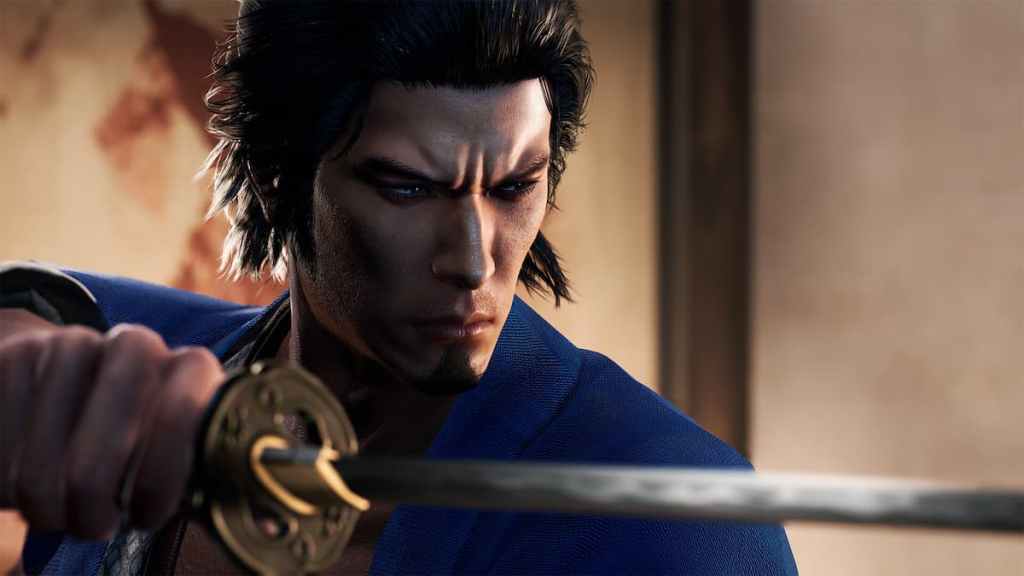
The general gameplay of the new Ishin is mostly unchanged from the original, which was the game to pioneer the fighting style system later seen in 0 and Kiwami. That said, there are a handful of small tweaks.
- Trooper Cards can now be used at any time rather than in a separate side-game
- Some bosses have stronger, flashier attacks
- Bosses have one big health bar instead of a multilayered one
- The blacksmithing system for upgrading weapons has been overhauled
Whether you’ve played the original or not (though if you don’t live in Japan, the odds of that are low), the remake of Like a Dragon: Ishin is sure to be a fresh and fun experience for both Yakuza diehards and Like a Dragon newcomers.
For more reasons to get excited for Like a Dragon: Ishin, check out our guides on all the confirmed mini-games and the Trooper Card system. Visit our Facebook page as well for more news and guides.


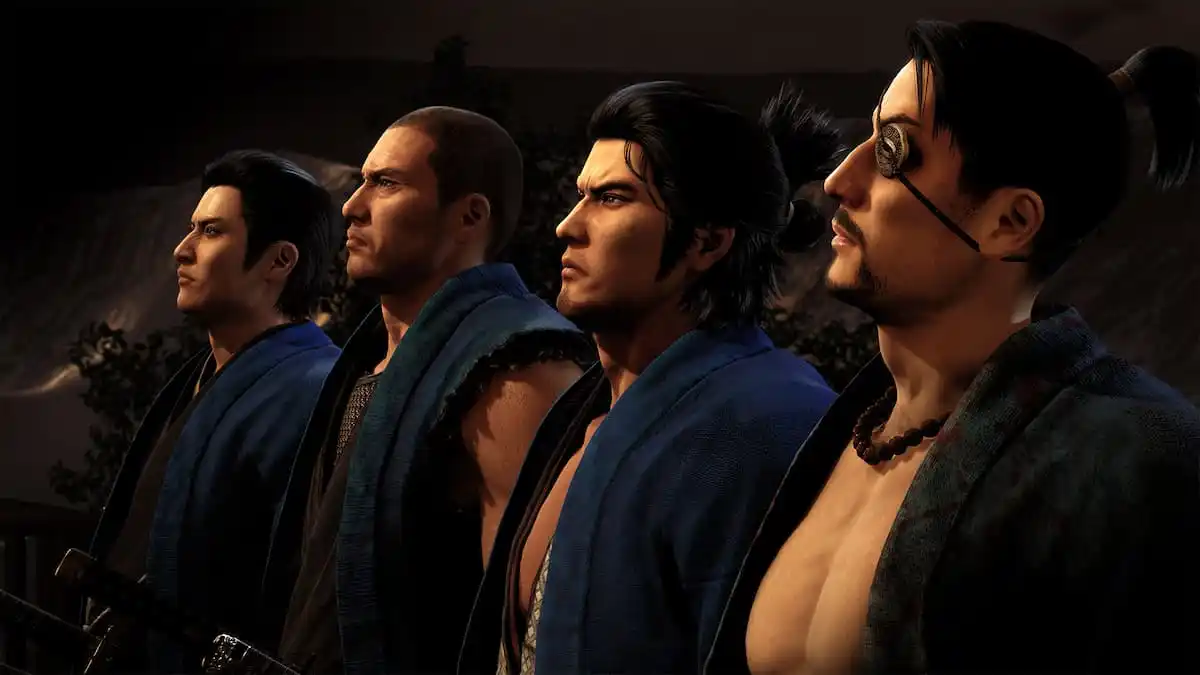

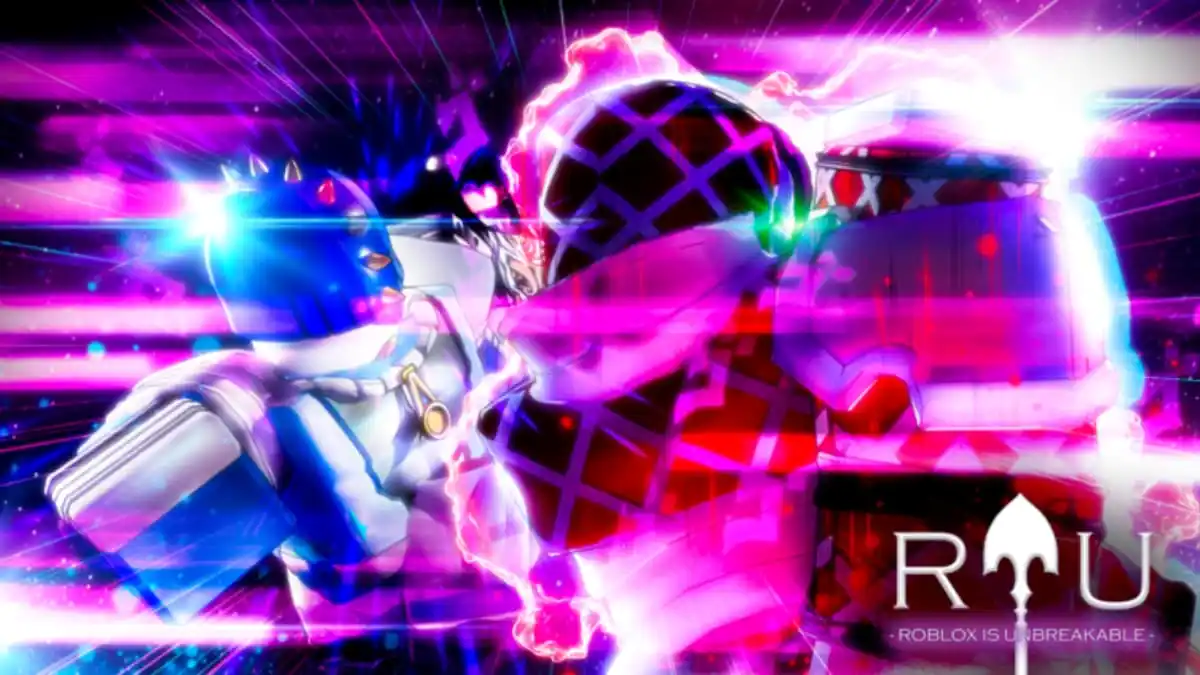
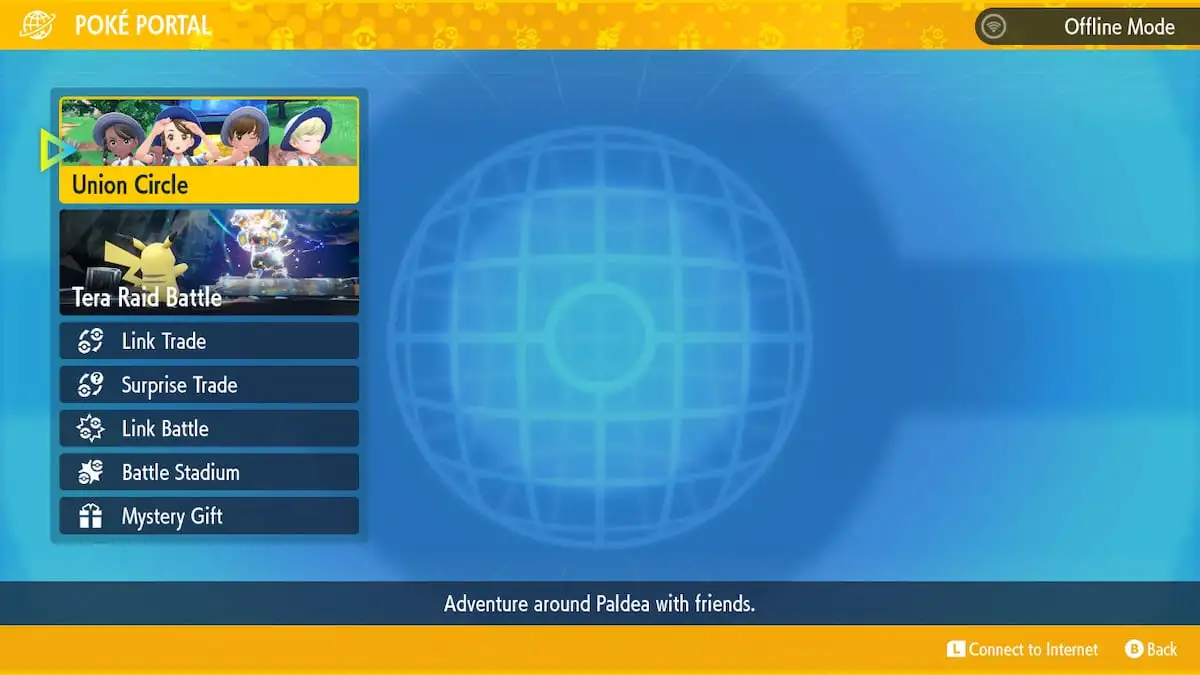
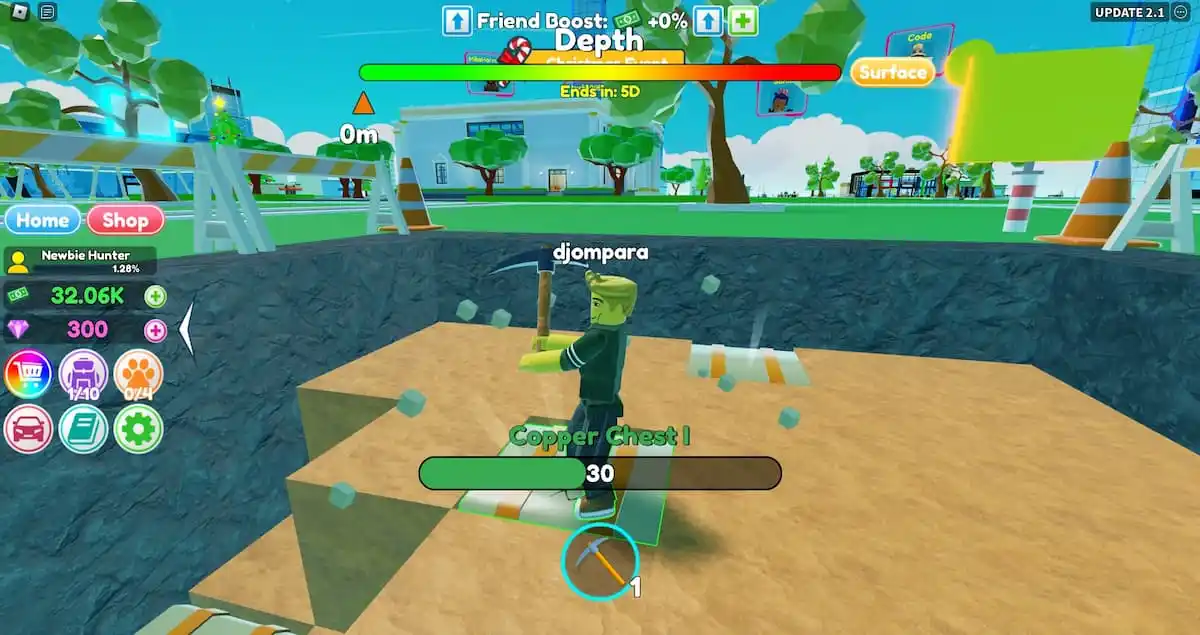
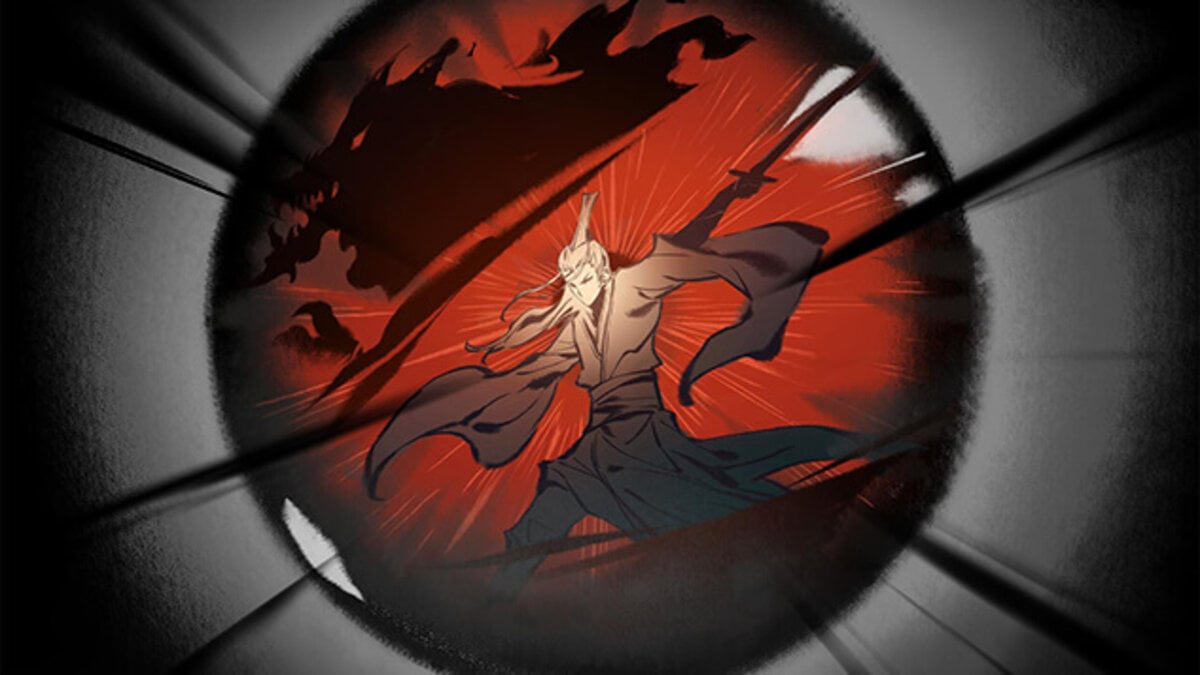
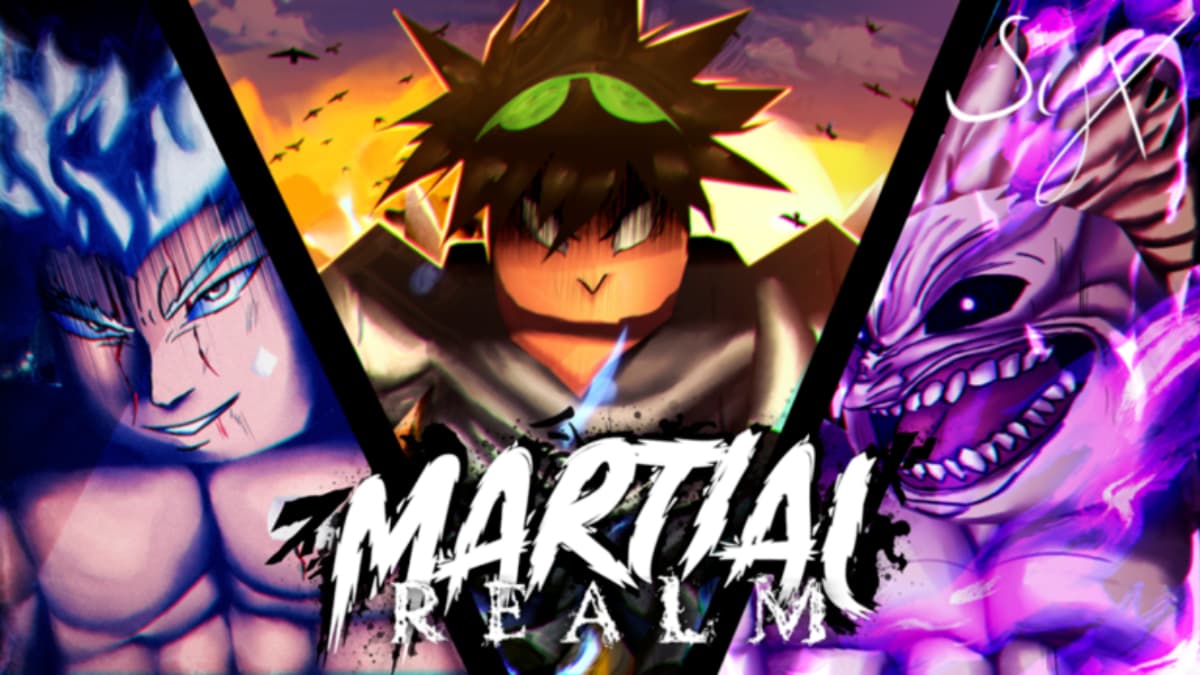

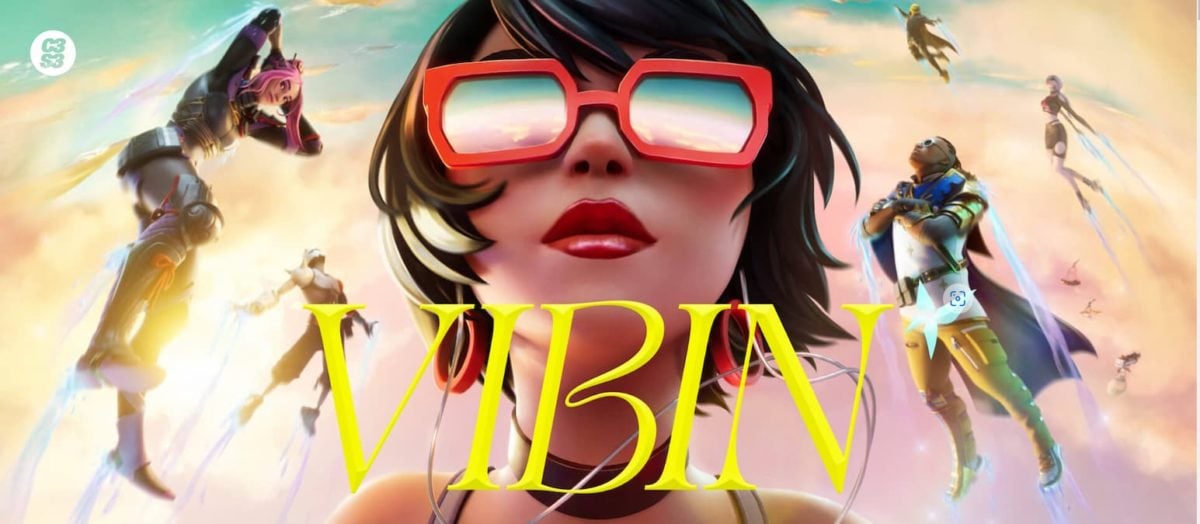

Published: Feb 14, 2023 11:18 am